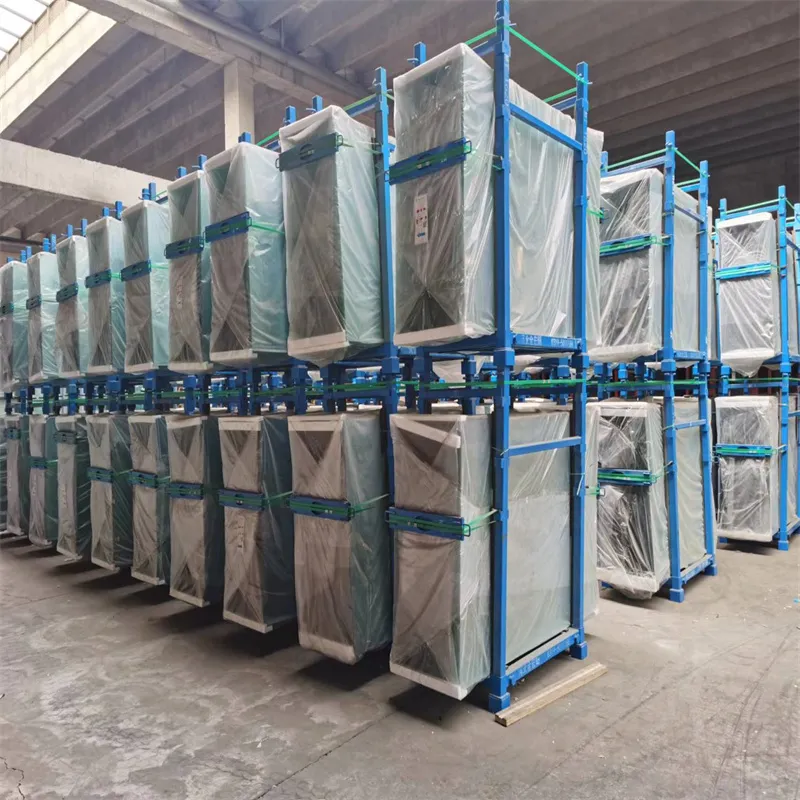Nov . 01, 2024 04:00 Back to list
Exploring the Benefits of 6.38% Translucent Laminated Glass for Modern Architecture
Understanding 6.38% Translucent Laminated Glass Features, Benefits, and Applications
Laminated glass has gained widespread popularity in modern architecture and design due to its unique properties and versatility. Among the various categories of laminated glass, 6.38% translucent laminated glass stands out, providing a blend of safety, aesthetics, and functionality that is hard to match.
What is 6.38% Translucent Laminated Glass?
The term 6.38% refers to the thickness of the glass, which typically comprises two layers of glass, with a combined thickness of 6.38 mm. The glass is bonded together with an interlayer, often made from polyvinyl butyral (PVB) or ethylene vinyl acetate (EVA), that not only holds the layers together but also provides additional benefits such as safety and noise reduction. The translucent nature means that light can pass through while still obscuring visibility, making it an ideal choice for various applications.
Features and Benefits
1. Safety and Security One of the primary advantages of laminated glass is its enhanced safety features. In the event of breakage, the interlayer holds the glass fragments together, preventing shattering. This reduces the risk of injury and enhances the security of spaces, making it an excellent option for buildings where safety is a concern.
2. UV Protection Translucent laminated glass effectively blocks a significant percentage of ultraviolet (UV) light, helping to protect interiors from fading due to prolonged sun exposure. This characteristic is especially beneficial for preserving furniture, artwork, and flooring.
3. Acoustic Insulation The interlayer in laminated glass can substantially reduce noise transmission, providing a quieter indoor environment. This feature is particularly valuable in urban settings or buildings located near busy roads or construction sites.
6.38 translucent laminated glass

4. Aesthetic Appeal The translucent aspect of 6.38% laminated glass allows designers and architects to create visually appealing spaces. This glass can soften the harshness of natural light, creating an inviting atmosphere while still allowing for privacy. Its use can enhance the overall aesthetic of both commercial and residential properties.
5. Energy Efficiency Laminated glass can improve a building's energy efficiency. Its thermal insulation properties can help regulate indoor temperatures, reducing HVAC system demands. This can lead to lower energy costs and a smaller carbon footprint.
Applications
Due to its unique characteristics, 6.38% translucent laminated glass finds applications across various sectors
- Commercial Buildings Often used in office partitions, conference rooms, and facades, providing both style and functionality. - Residential Homes Ideal for bathroom windows, sliding doors, and skylights, where light and privacy are critical. - Public Spaces Widely utilized in schools, hospitals, and shopping malls, enhancing both safety and aesthetics.
Conclusion
6.38% translucent laminated glass represents the perfect combination of safety, beauty, and versatility. Its ability to provide privacy while ensuring natural light permeates a space makes it an ideal choice for diverse applications. As sustainable building practices continue to gain importance, this type of glass stands out as a practical solution that not only meets aesthetic desires but also aligns with energy-efficient design principles.
-
Safety and Style with Premium Laminated Glass Solutions
NewsJun.24,2025
-
Reinvents Security with Premium Wired Glass
NewsJun.24,2025
-
Premium Float Glass Line for Modern Architecture
NewsJun.24,2025
-
Low Emissivity Glass for Energy-Efficient Architecture
NewsJun.24,2025
-
High-Performance Insulated Glass Solutions for Modern Architecture
NewsJun.24,2025
-
Elevates Interior Style with Premium Silver Mirror
NewsJun.24,2025
Related PRODUCTS














